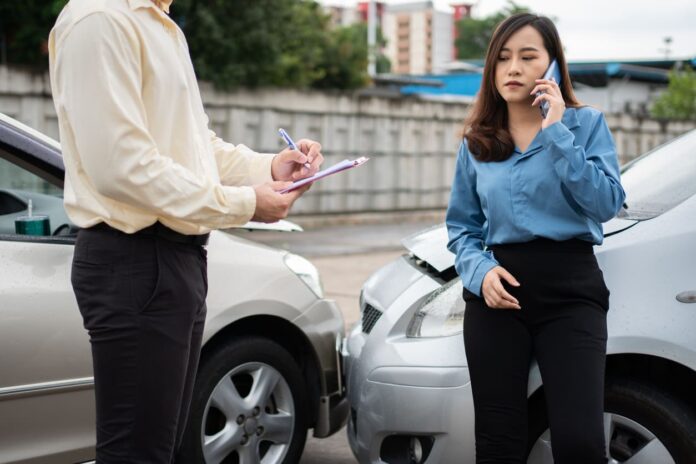Car insurance makes every drive safer for you, your passengers, and others on the road. It can protect you from financial losses due to liability as well as accidental damage to your own vehicle. Read on to learn more about the types of car insurance and how they work in the event of an accident.
What is car insurance?
Car insurance is an agreement between car owners or policyholders and the insurance company in which the policyholder makes monthly payments called premiums in exchange for financial coverage in the event of certain covered events. A comprehensive car insurance policy offers coverage for accidental collisions as well as theft, fire, vandalism, natural disasters, and falling objects. The conditions of coverage, maximum coverage, premiums, and duration of coverage may vary by provider and policyholder. Some policies also offer liability coverage that protects the policyholder when someone else is injured due to the driver’s negligence. Note that while Compulsory Third Party Liability (CTPL) Insurance is mandatory by law for all drivers, you can purchase additional voluntary coverage or get a comprehensive car insurance policy that covers both damage to your vehicle and legal liabilities to third parties. For those who also travel with caravans, it’s wise to explore specialized options like caravan insurance by Club4x4, which offers tailored protection for caravan enthusiasts and touring adventurers.
How does it work?
Once you’ve purchased your policy and started paying premiums, your car insurance is active. If you’re in an accident or have your car stolen 9or experience any other covered event), you can make an insurance claim. The steps to file a claim are as follows:
- Collecting evidence: If you’ve been in an accident, you’ll need evidence to make a claim. This includes photographs of the scene and damaged vehicle, a police report, the other party’s insurance information (if you’re in a collision), witness statements etc. You can ask your insurance provider what evidence they need for different covered events.
- File your claim: Most insurance providers allow you to file a claim online or over the phone. They may require you to fill out a form and upload or share the necessary documents and evidence. Different insurance providers may have different processing timelines, so you may need to wait a few days before you hear back.
- Claim processing: Your insurance provider will assign you a claims adjuster who will review your application, assess the damage, procure repair estimates, and evaluate the overall validity of your claim. They may reach out to you for additional information or paperwork while they process your claim.
- Claim settlement: If your claim is found to be valid, the insurance company will issue you a payout based on the coverage you’ve purchased. The insurance company will subtract your deductible from the total claim payout. Most insurance companies will have their own unique claims payment schedule, so it’s a good idea to stay in touch with your claims adjuster and ask for a potential timeline if you’re not sure when you’ll receive the funds.
Remember not to dispose of any damaged items from an accident until your insurance company has completed their investigation.
Disclaimer: This article contains sponsored marketing content. It is intended for promotional purposes and should not be considered as an endorsement or recommendation by our website. Readers are encouraged to conduct their own research and exercise their own judgment before making any decisions based on the information provided in this article.


































